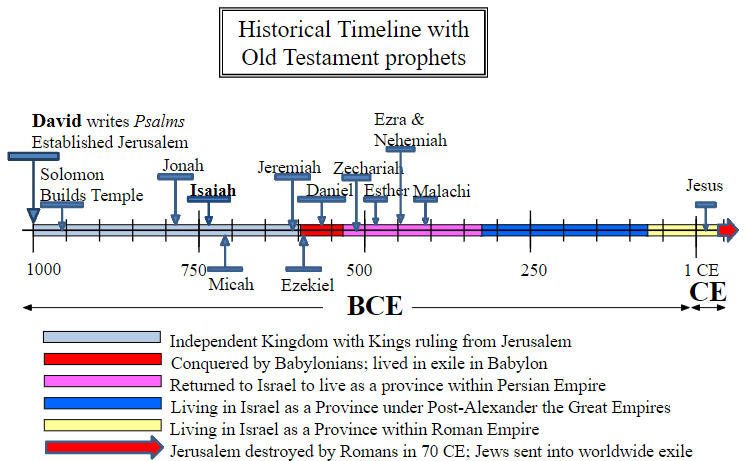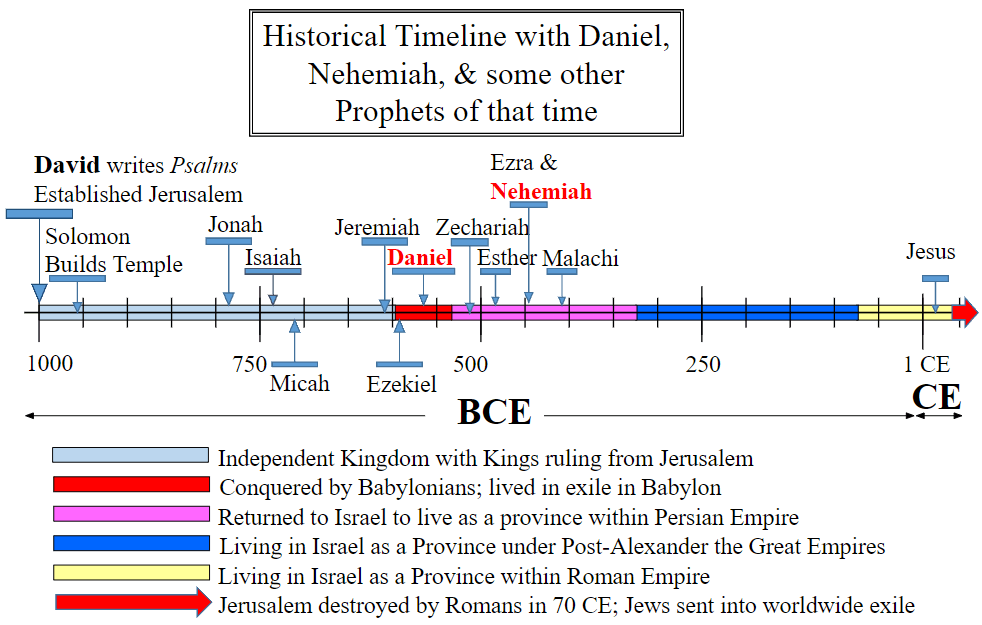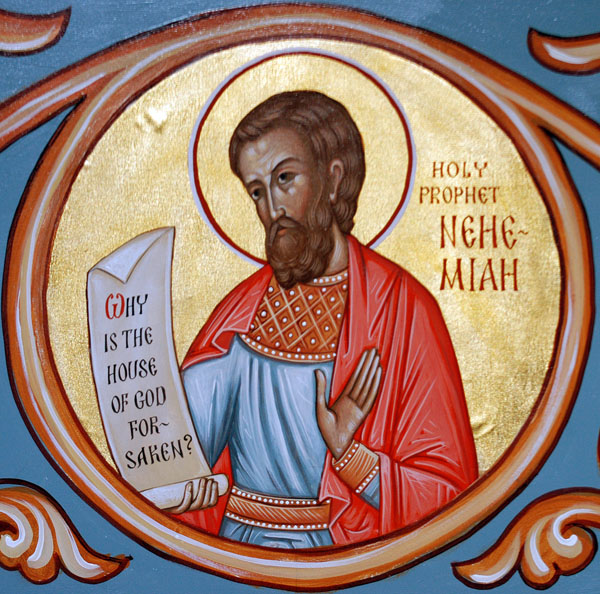The number ‘seven’ has commanded great reverence and mystical wonder across cultures and nations since ancient times, especially in Asia. Buddhist tradition states that Siddharta Gautama, after achieving enlightenment by the Bodhi Tree, spent the next seven weeks in seven locations to consider his enlightenment experience. The Qixi (七夕) festival, held on the seventh day of the seventh month has a tradition going back at least 2600 years. The Classic of Poetry (詩), edited by Confucius, references the Qixi Festival. The Qixi festival has spread across East Asia. It is celebrated as Tanabata (たなばた) in Japan, Chilseok (칠석) in Korea, and Thất Tịch in Vietnam. These festivals, which as mentioned is celebrated on the seventh day of the seventh month, are also called Double Seventh Festival or Night of Sevens.
‘Seven’ in the Qixi Festival
Though the story behind the Qixi festival varies somewhat from country to country, the main storyline remains consistent. A weaver girl goddess, Zhinü (織女), falls in love with a cowherd boy, Niulang (牛郎). But the Jade Emperor takes the girl back to the heavens, separating the lovers and breaking their hearts. However, Niulang’s ox tells Niulang to kill him and take his skin and ride to heaven. The Jade Emperor separated the two lovers in the stars, putting the Milky Way between them. But magpie birds, recognizing their sincere love, made a bridge for the lovers on the seventh day of the seventh month, so the lovers could meet every year only on this day to renew their love. Asians celebrate this seventh day of the seventh month as a day of love. It is similar to Valentine’s Day in the West.

shizhao 拍摄,画者不明, Public domain, via Wikimedia Commons
The Mystical ‘Seven’ in the Hebrew Bible
The association of the number seven with love and renewal also figures prominently in the writings of the Hebrew prophets. They prophetically wrote down a riddle wrapped in ‘sevens’. This riddle could only be understood in its fulfillment hundreds of years later in history. This riddle wrapped up a redemption of love from the Creator God for all of us, and it still operates today.

We saw that these ancient Hebrew writers were often separated from one another by hundreds of years, thus they could not humanly coordinate their prophecies with each other. Yet their prophecies developed a central theme of the coming King (= Christ). Isaiah had prophesied the Sign of the Branch from a stump. Then Zechariah had prophesied that this Branch would be named Jesus, 500 years before Jesus ever lived.
The Prophet Daniel and Sevens
We now come to the prophet Daniel. He lived in the exile in Babylon. He was a powerful official in the Babylonian and Persian governments – as well as a prophet. The timeline below highlights when Daniel lived in history.

In his book, the prophet Daniel receives a message sent by the Creator God. He told him that:
24 “Seventy ‘sevens’ are decreed for your people and your holy city to finish transgression, to put an end to sin, to atone for wickedness, to bring in everlasting righteousness, to seal up vision and prophecy and to anoint the Most Holy Place.
25 “Know and understand this: From the time the word goes out to restore and rebuild Jerusalem until the Anointed One, the ruler, comes, there will be seven ‘sevens,’ and sixty-two ‘sevens.’ It will be rebuilt with streets and a trench, but in times of trouble. 26 After the sixty-two ‘sevens,’ the Anointed One will be put to death and will have nothing. The people of the ruler who will come will destroy the city and the sanctuary. The end will come like a flood: War will continue until the end, and desolations have been decreed.
Daniel 9:24-26
This is a prophecy of the coming of the ‘Anointed One’ (= Christ = King). The Creator God gave a timetable for when He would come. The timetable used a cycle of sevens. The prophecy said a count down would begin with ‘the issuing of the decree to restore and rebuild Jerusalem’. God gave Daniel this prophecy around the year 537 BCE, but Daniel did not live to see the start of this countdown.
The Issuing of the Decree to Restore and Rebuild Jerusalem
In fact it was Nehemiah, living almost one hundred years after Daniel, who saw the start of this countdown. He was the cup-bearer to the Persian Emperor Artaxerxes and thus lived in present-day Iran. Note when he lived in the timeline above. He tells us in his book that:

Russian Icon Painter, Public domain, via Wikimedia Commons
1 In the month Nisan of the twentieth year of King Artaxerxes, when the wine was in my charge, I took some and offered it to the king. Because I had never before been sad in his presence, 2 the king asked me, “Why do you look sad? If you are not sick, you must be sad at heart.” Though I was seized with great fear, 3 I answered the king: “May the king live forever! How could I not look sad when the city where my ancestors are buried lies in ruins, and its gates consumed by fire?” 4 The king asked me, “What is it, then, that you wish?” I prayed to the God of heaven 5 and then answered the king: “If it please the king, and if your servant is deserving of your favor, send me to Judah, to the city where my ancestors are buried, that I may rebuild it.” 6 Then the king, with the queen seated beside him, asked me, “How long will your journey take and when will you return?” My answer was acceptable to the king and he agreed to let me go; I set a date for my return.
7 I asked the king further: “If it please the king, let letters be given to me for the governors of West-of-Euphrates, that they may give me safe-conduct till I arrive in Judah; 8 also a letter for Asaph, the keeper of the royal woods, that he may give me timber to make beams for the gates of the temple citadel, for the city wall and the house that I will occupy.” Since I enjoyed the good favor of my God, the king granted my requests…
11 I went to Jerusalem, and after staying there three days 12 I set out during the night with a few others. I had not told anyone what my God had put in my heart to do for Jerusalem. There were no mounts with me except the one I was riding on.
Nehemiah 2: 1-8, 11-12
This records the “issuing of the decree to restore and rebuild Jerusalem” that Daniel had prophesied would one day come. It occurred in the 20th year of the Persian Emperor Artaxerxes. Historians recognize him as starting his reign in 465 BCE, thus his 20th year places this decree in the year 444 BCE. God gave Daniel a sign for the start of the countdown. Almost a hundred years later, the Persian Emperor, not knowing about this prophecy of Daniel, issued this decree. The Persian emperor Artaxerxes set in motion the countdown that the prophecy said would bring the Anointed One.
The Mysterious Sevens
The riddle given to Daniel indicated that it would take “seven ‘sevens’ and sixty-two ‘sevens’” before the revealing of the Anointed One.
So what is a ‘Seven’?
In Moses’ writings he instituted a cycle of sevens of years. Every 7th year the land was to rest from agriculture so that the soil could replenish its nutrients, thus a ‘Seven’ is a 7-year cycle. With that in mind we see that from the start the time would count in two parts. The first part was ‘seven sevens’ or seven 7-year periods. This (7*7=49 years) was the time it took to rebuild Jerusalem after the initial decree by the Persian Emperor. This was followed by sixty-two ‘sevens’, so the total countdown was 7*7+62*7 = 483 years. In other words, from the start, there would be 483 years until the revealing of the Anointed One.
360-day Year
We have to make one little calendar adjustment. As many nations did in ancient times, the prophets used a 360-day year. Different ways exist to calculate the length of a ‘year’ for a calendar. The one that Daniel used was a common Egyptian calendar of 360-days long years. So 483 ‘360-day’ years is 483*360/365.24 = 476 solar years of the International Calendar used today.
The Arrival of the King Predicted to the Year
Now we can calculate when the King was prophesied to come. In going from the ‘BCE’ era to the ‘CE’ era there is only 1 year from 1 BCE – 1 CE (There is no ‘zero’ year). The table now summarizes the calculations.
| Start year | 444 BCE (20th year of Artaxerxes) |
| Length of time | 476 solar years |
| Expected arrival in International Calendar | (-444 + 476 + 1) (‘+1’ because there is no 0 CE) = 33 |
| Expected year | 33 CE |
Jesus of Nazareth came to Jerusalem riding on a donkey in what has become the well-known celebration of Palm Sunday. That day he announced himself and rode into Jerusalem as their King. The year was 33 CE.
The Creator God coordinated between the prophets Daniel and Nehemiah. Though they lived a hundred years apart, they declared and started the countdown that would reveal the King. About 570 years after Daniel received his message, Jesus entered Jerusalem as the King, precisely on Daniel’s schedule. Along with Zechariah’s predicting of Jesus’ name, these prophets developed a truly amazing group of predictions. God laid these out in writing long beforehand so that all can have opportunity to see God’s fingerprints at work.
The Christ: Coming to be… ‘cut off’
Now notice something unique in this riddle pertaining to the coming king. Daniel had predicted after his arrival and after the cycle of sevens that:
26 …the Anointed One will be put to death and will have nothing. The people of the ruler who will come will destroy the city and the sanctuary. The end will come like a flood: War will continue until the end, and desolations have been decreed.
Daniel 9:26
It says, quite clearly, that the Anointed One will be ‘put to death and will have nothing’. Then foreign people will destroy the sanctuary (the Jewish Temple) and the city (Jerusalem), making the place desolate. Examine the history of the Jews to see that this indeed happened. Forty years following Jesus’ crucifixion, the Romans set ablaze the Temple, resulting in the destruction of Jerusalem and the dispersion of Jews across the globe in a widespread exile. After their exile, the land went desolate. Events happened at Jesus’ coming and in 70 CE exactly as prophesied by Daniel in 537 BCE. Moses had also predicted this catastrophe in his Curses 1500 years beforehand.
The cowherd Niulang had to sacrifice his cow to gain back his Weaver Girl love in the Double Seventh Festival. Likewise the coming Anointed One would also have to make a sacrifice. He willingly did it so that he could also gain back his love, which the Bible likens to his Bride. The details of this sacrifice was also prophesied, which we look at here.